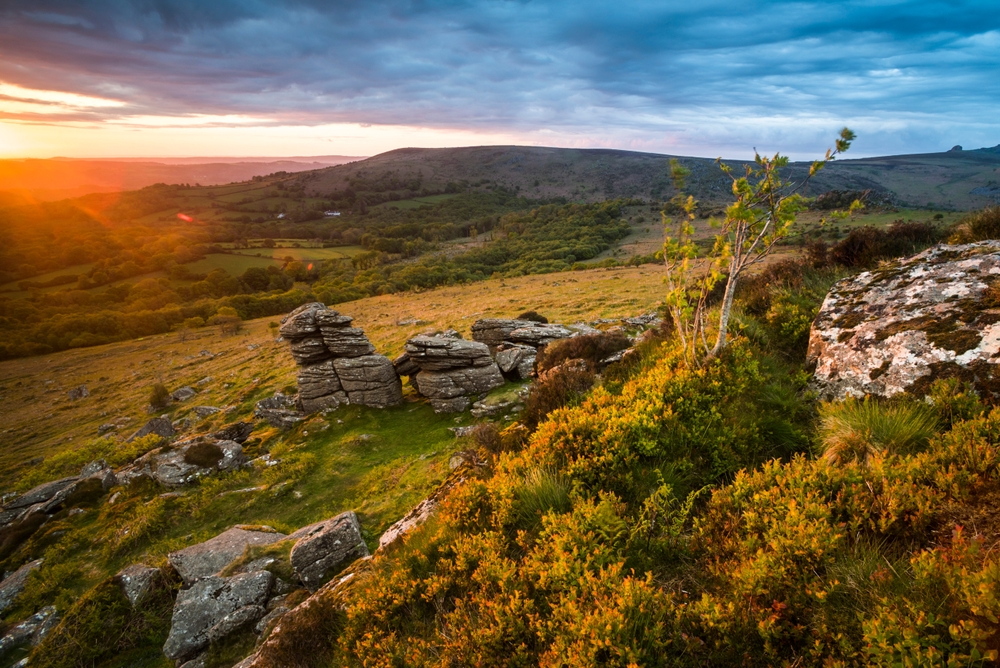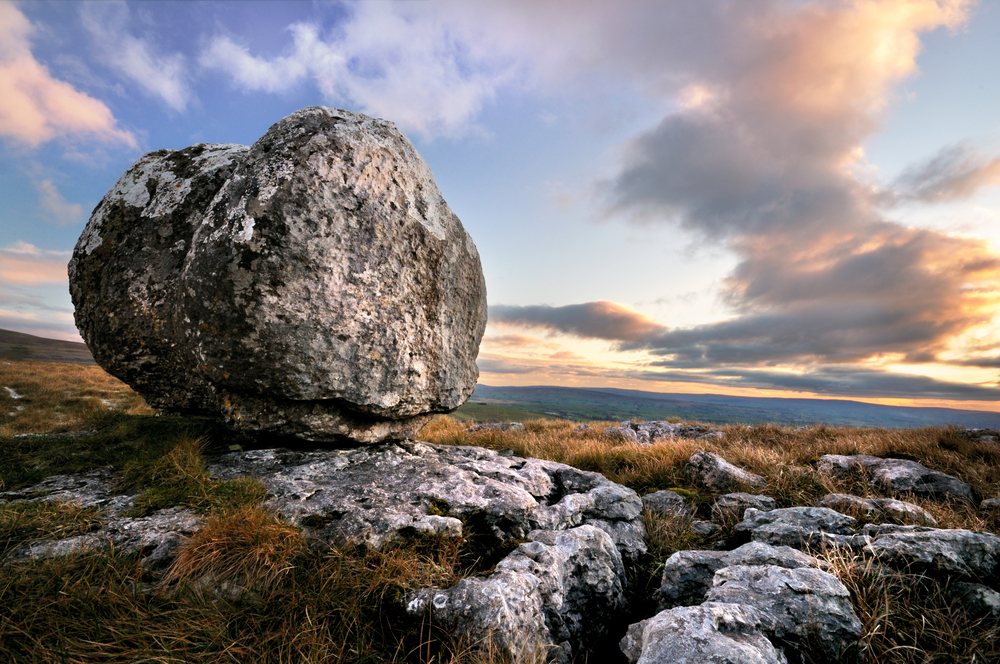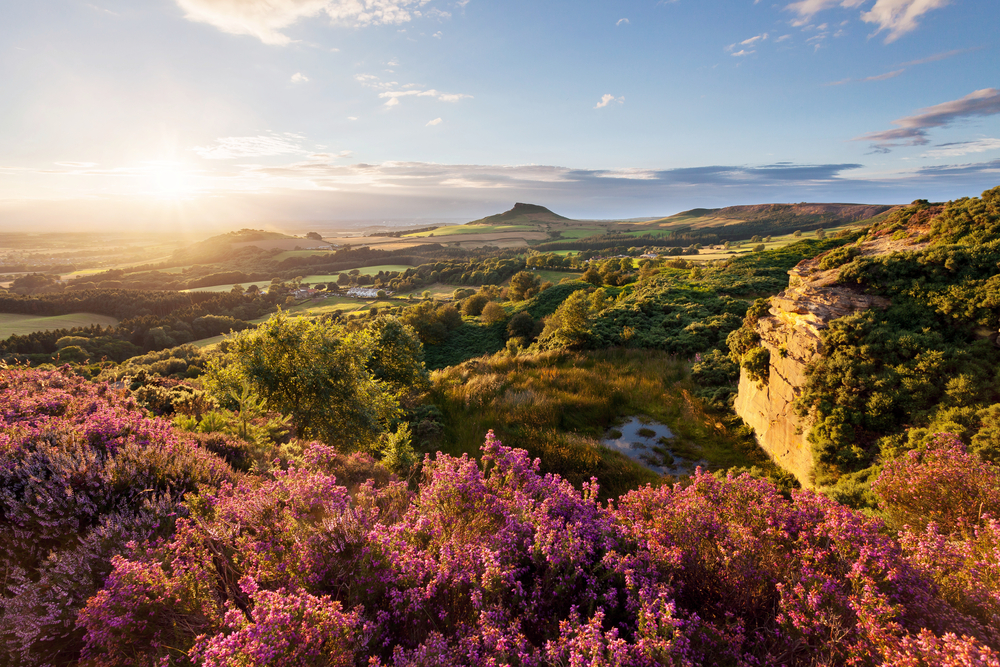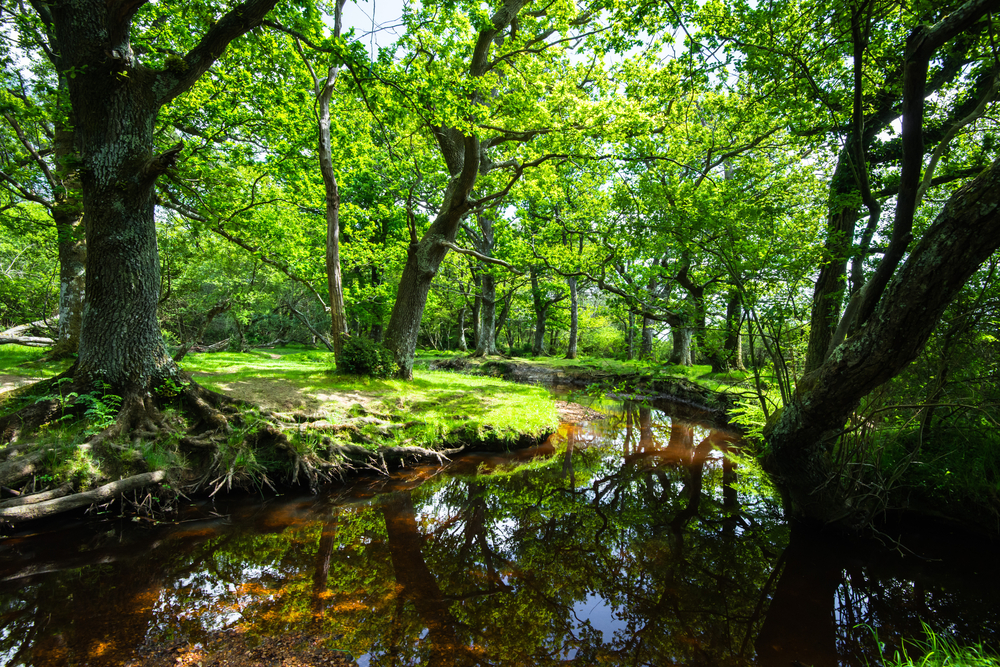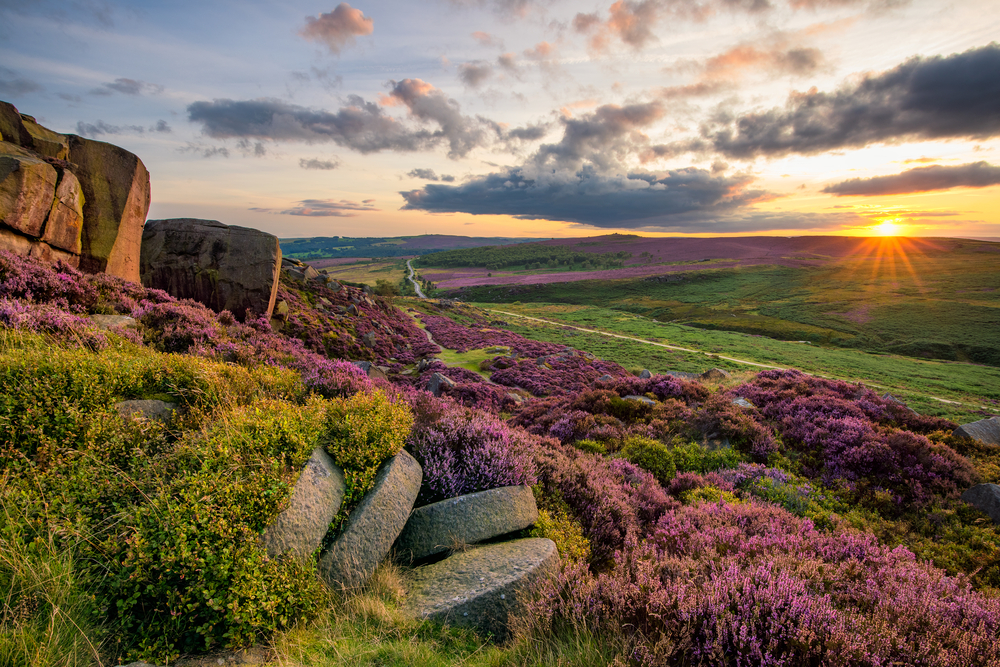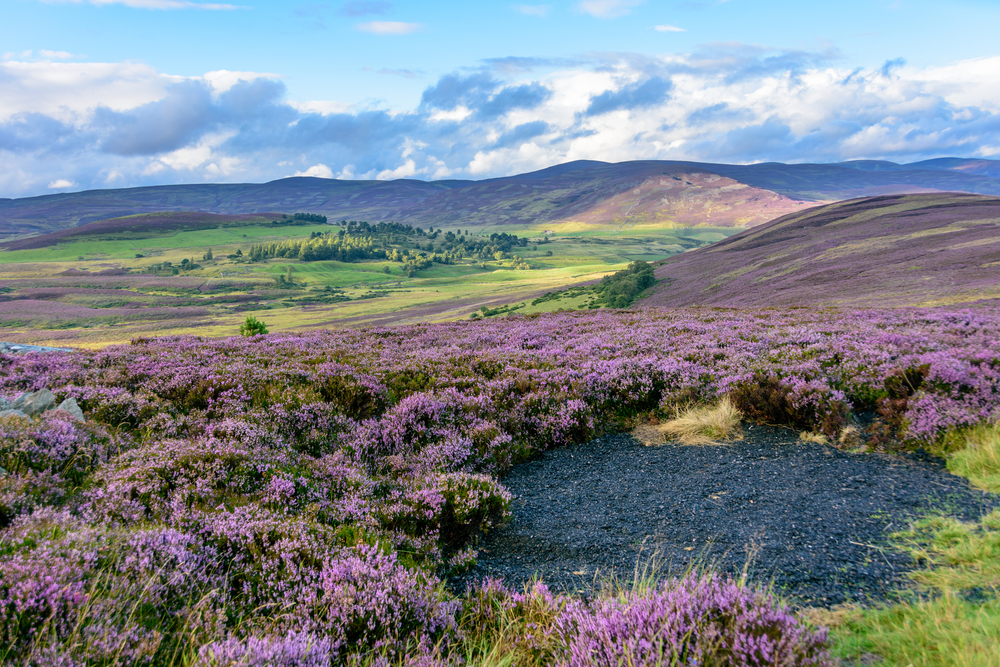Dartmoor Overview
Dartmoor National Park, or simply Dartmoor, is a rugged expanse of moorland located in Devon, England. Spanning approximately 368 square miles (954 square kilometers), it is one of the largest open spaces in southern England. The park’s name originates from the River Dart, which flows through its dramatic landscapes.
Dartmoor is a designated National Park and a region rich in history, natural beauty, and unique ecosystems, offering an unparalleled glimpse into England’s wild side. Its terrain is characterized by granite tors, vast stretches of open moorland, and deep wooded valleys, all shaped by millennia of natural forces.
Key geographic features include iconic tors such as Haytor, Hound Tor, and High Willhays, the latter being the highest point in southern England at 2,037 feet (621 meters). Waterfalls like Becky Falls and dramatic river gorges, such as the one carved by the River Dart, add variety to the landscape, while peat bogs and mires provide critical habitats for rare flora.
Dartmoor is home to a diverse array of plant and animal life, much of which has adapted to the park’s unique climate and terrain. Wild ponies, perhaps the most iconic animals of Dartmoor, roam freely across the moors, drawing fascination from visitors. These hardy creatures, which have grazed the area for centuries, are joined by red deer, badgers, and foxes among the larger mammals.
Dartmoor’s birdlife is equally captivating, with species such as peregrine falcons, skylarks, and cuckoos frequently spotted. The rivers and streams that crisscross the park support otters and dippers, while the heathlands provide a habitat for rare insects and reptiles, including the elusive adder.
One of Dartmoor’s defining features is its rich cultural heritage, dating back thousands of years. The park is scattered with ancient stone circles, burial mounds, and the remnants of Bronze Age settlements, such as those at Grimspound. More recent history is evident in abandoned tin mines and medieval farmsteads. Visitors are drawn to these historic sites as much as they are to the natural beauty of Dartmoor.
Hiking is one of the most popular ways to experience the park, with countless trails leading to tors, valleys, and secluded woodlands. Rock climbing, cycling, and horseback riding are also common activities. Adventurers can explore Dartmoor’s more rugged terrain, while families enjoy picnicking and gentle walks near villages like Widecombe-in-the-Moor.
Dartmoor faces ongoing conservation challenges, particularly balancing tourism with the need to protect its delicate ecosystems. Erosion caused by heavy foot traffic and the impact of livestock grazing are among the primary concerns for park management.
However, conservation initiatives, including habitat restoration projects and educational programs, have been successful in preserving Dartmoor’s natural and cultural heritage. The park’s designation as a Site of Special Scientific Interest (SSSI) further underscores its ecological importance, ensuring that its unique landscapes and biodiversity are safeguarded for future generations.








































































